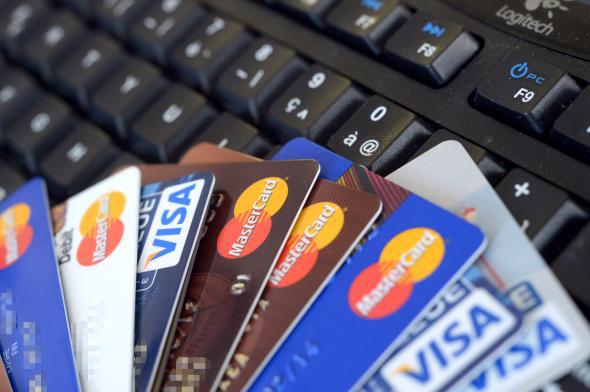Matt Phillips has an interesting piece in Quartz about how the amount of outstanding credit card debt in America is on the decline. I think it’s best read in tandem with Tim Fernholz’s piece, also in Quartz, about how the quantity of subprime auto lending is on the rise.
What’s going on? Well, part of the story is that the lender has more recourse if you default on a car loan (it can take your car) than if you default on a credit card bill, so in the wake of a debt crisis there’s a kind of structural push toward secured credit products like auto loans. But another piece of the story is regulatory. Measures like the CARD Act and the Dodd-Frank bill’s creation of a Consumer Financial Protection Bureau both tilt in the direction of less consumer debt. But the wide dispersal of car dealerships across almost every congressional district in America means that the car dealership lobby is actually stronger than the Wall Street lobby, and it was able to get a special carve-out from Dodd-Frank. Unlike any other form of consumer lending, auto loans are outside the purview of the CFPB. And they’re expanding while other consumer loans are shrinking.
Now if you like, you can read this as a story about the costs of regulation. The unregulated consumer debt product appears to be more widely available than more tightly regulated products. Alternatively, you can have the correct view and recognize that large quantities of consumer debt are not in the public interest and the tendency of regulation to reduce consumer debt is part of the case for regulation.
